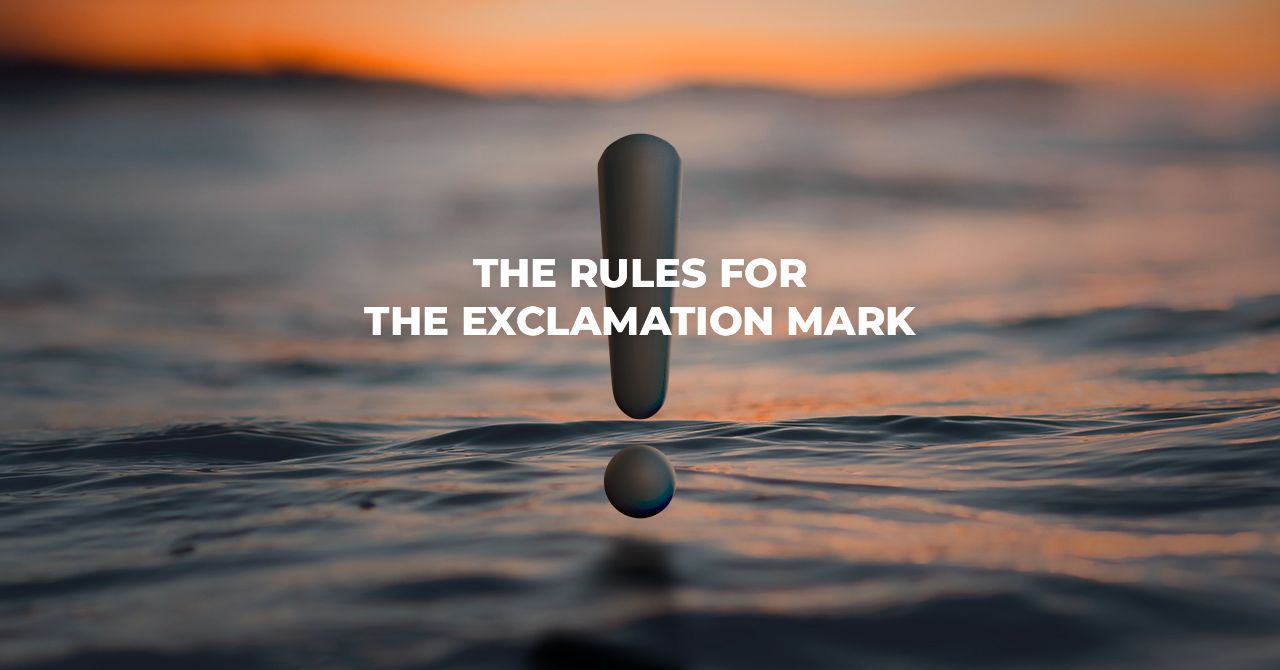
What is an exclamation mark?
When an utterance has the tone of a request, an exclamation mark is used. It corresponds to a final emphasis in a comparatively high register. The exclamation point indicates a strong emotion or emphasis.
When an utterance has the tone of a request, an exclamation mark is used. It corresponds to a final emphasis in a comparatively high register. The exclamation point indicates a strong emotion or emphasis.
It is also known as a so-called tone mark, which is intended to indicate a lively or excited tone of the speaker.
Important: When writing, you should note that the exclamation marks are weakened if they are used too frequently in a text. Therefore, always check whether one point would not be sufficient, otherwise, the exclamation marks could lose their effect.
When to use an exclamation point?
In order to emphasize
The exclamation point or mark can be used to emphasize something that came before it. This happens, for example, with imperative sentences, i.e., sentences that express wishes or commands.
For example:
Hello!
How fortunate!
Quiet!
For free-standing lines
The exclamation mark can also be used after free-standing lines, e.g., after a salutation. However, this regulation no longer applies today that the exclamation mark appears after a polite salutation in the letter. Today, the salutation is only separated by a comma.
However, exclamation marks are often used in titles, especially in newspaper headlines.
For example:
Dear Madam President!
Storm surge in Florida!
For exclamatory sentences in question form
The exclamation mark is also used for exclamatory remarks that are in the form of a question.
For example:
How long should I wait!
Special Rules
1. In the case of requests that are made without particular emphasis.
For example:
Shake before use!
2. In certain cases, bracketed exclamation marks can indicate that information within a text should be emphasized. This can be used to express surprise or doubt.
For example:
According to testimonies, the accused had drunk 24 (!) schnapps before he got behind the wheel.
3. Question and exclamation marks can also be combined to form a question sentence.
For example:
What do you think of?!
4. Stringed together emphatic sentences or words can be joined with a comma. The exclamation mark is then only at the end of the sequence.
For example:
“No, no!” he shouted. (Or, "No! No!" he yelled.) / Ouch, that hurts! (Or: Ouch! That hurts!)
Those were the rules for dealing with exclamation marks that you should know. You'll quickly learn when and where to apply them with a little practice.
Writing is what I do in life. I like helping people in improving their skills and explaining any language topic they don't understand.

